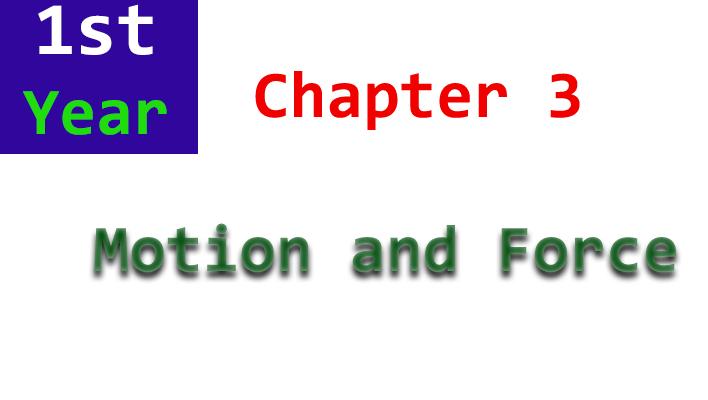In the field of physics, the study of motion and force is fundamental to understanding the physical world around us. Motion, often described as the change in an object’s position with respect to time, is a concept deeply rooted in our everyday experiences. Whether it’s the graceful flight of a bird, the swaying of tree branches in the wind, or the movement of vehicles on a busy road, motion surrounds us.
To comprehend and quantify these phenomena, we delve into the principles of kinematics, which involves describing the motion of objects without delving into the underlying causes. Concepts like displacement, velocity, and acceleration play a crucial role in this pursuit. Moreover, when considering motion, one cannot escape the influence of forces, which are interactions that cause objects to accelerate.
Forces, as described by Newton’s laws of motion, dictate how objects respond to external influences and pave the way for understanding the dynamics of our physical universe. As we embark on this journey through Chapter 3, we will uncover the intricate relationship between motion and force, laying the foundation for a deeper comprehension of the physical laws governing our world.
Long Questions Notes 1st Year Physics Chapter 3
Short Questions Notes 1st Year Physics Chapter 3
Examples and Numerical Problems Notes 1st Year Physics Chapter 3
- 1st Year Biology Unit No.1 Introduction Notes
- 1st Year Biology Unit No. 2 Biological Molecules Notes
- 1st Year Biology Unit No. 3 Enzymes Notes
- 1st Year Biology Unit No. 4 The Cell Notes
- 1st Year Biology Unit No. 5 Variety of Life Notes

